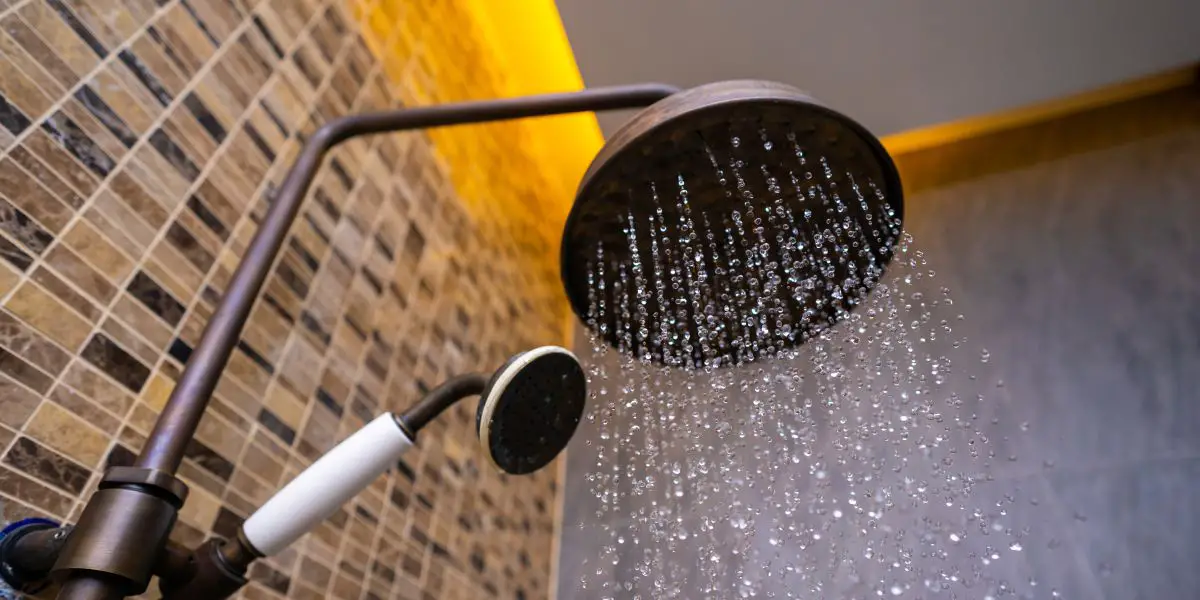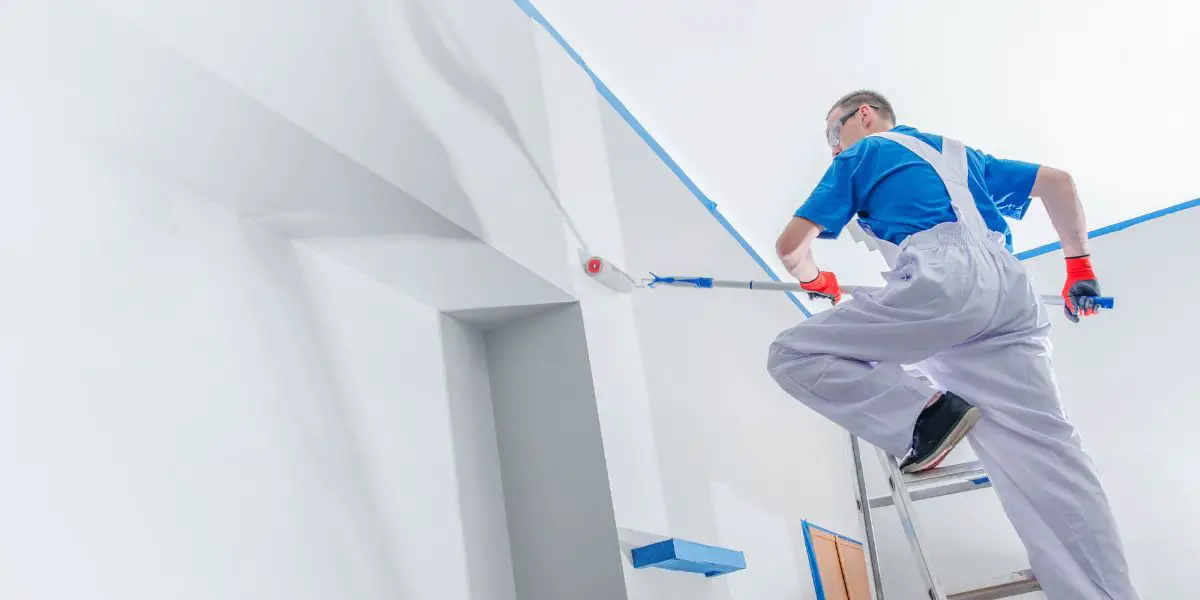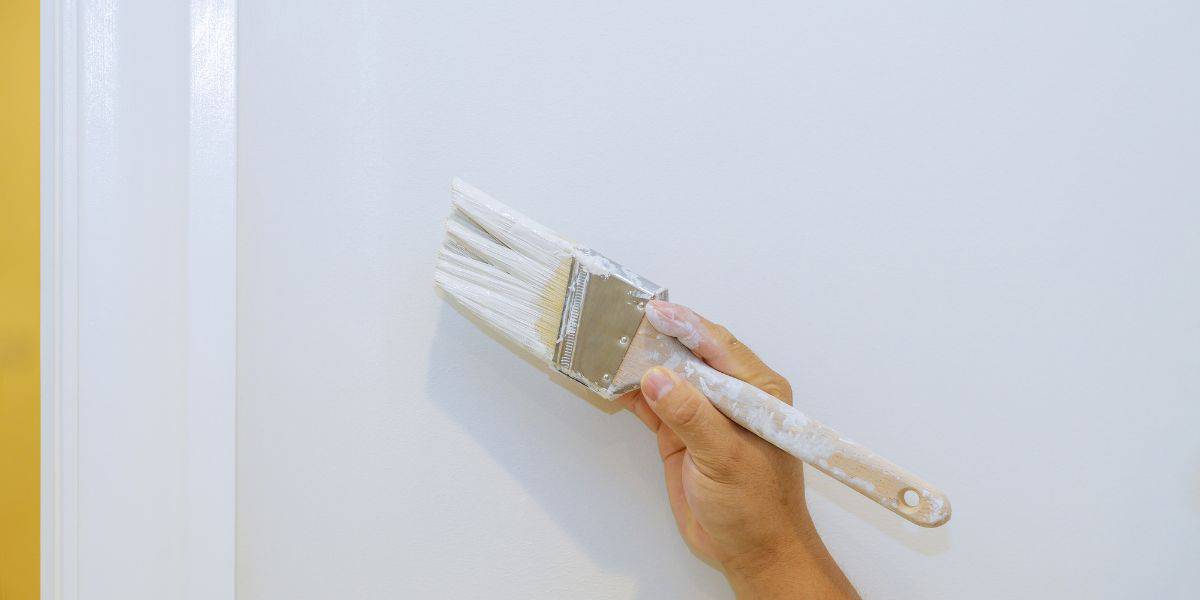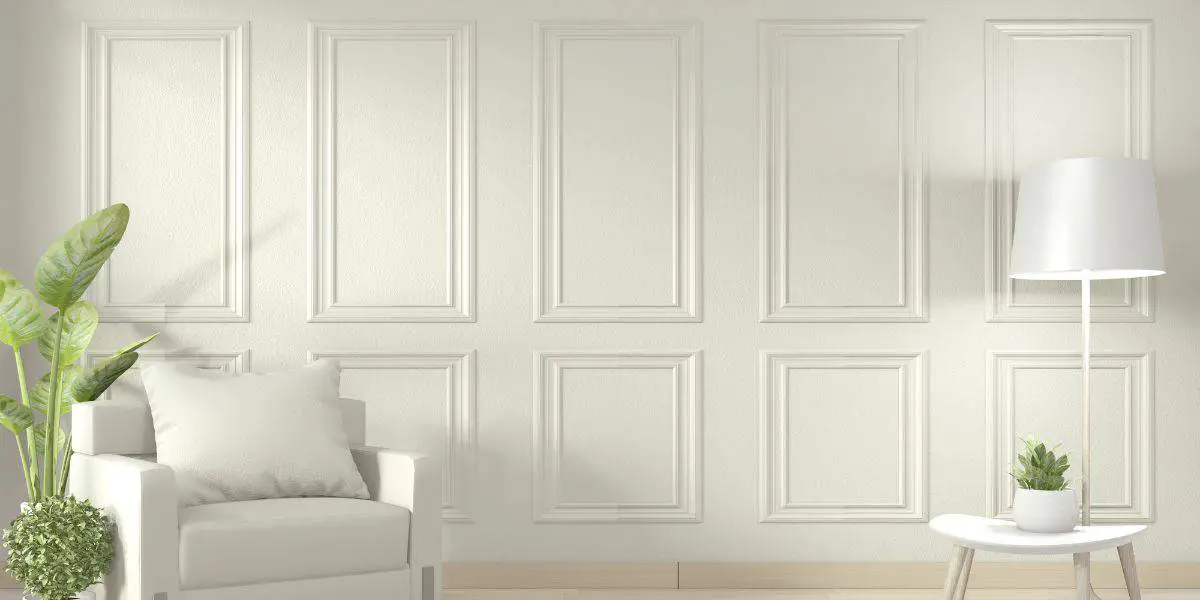Adding tiles to your fiberglass shower can be the perfect way to add some style to your bathroom. I wanted to do this myself, rather than spending hundreds hiring a handyman. After some research, here are the steps needed to install tile with a fiberglass shower pan.
To install tile in a fiberglass shower pan, you’ll need to do the following;
- Prepare the work area
- Measure the shower
- Install the new shower pan
- Install the new walls
- Tile the walls
- Connect the shower pan
Installing a fiberglass shower pan doesn’t need to be difficult. As long you have a few basic tools and a little know-how, you’ll be able to do it yourself. Let’s what you’ll need for each stage and how to complete each step.
Table of contents
The Tools Involved for Site Prep
If you are doing the project yourself, ensure that you have the right tools. If the site needs to be prepped then the following tools will be handy to have on hand; reciprocating saw, claw hammer, prybar, adjustable wrench, and a contractor-grade trash bag. For the installation, you will need; safety glasses, tape measure, square, box cutter, pencil, and level.
Prep the Work Area
Before prep, ensure water is turned off and shower attachments removed. Most tiling jobs require a tear-out and this is where the heavy tools come in. The goal is to strip the shower stall area down to the studs. It’s messy, dirty work but it is essential for proper installation. Do not rush this step.
Screws, Nails, Sheetrock, and Plaster
Ensure that all sheetrock is removed from the studs. The best way to accomplish this is to take the claw hammer and look for nails or screws that may be hiding on the studs. These tend to retain pieces of sheetrock. Ensure all studs in the surrounding area are free of nails and screws, they can be tricky to find.
The Shower Pan
A major install like this will more than likely damage the existing shower pan. It is recommended that a new shower pan be obtained for the install. Once the shower pan is removed it is time to get precise measurements of the area.
Squares, Levels, Pencils, and Tape Measures
At this point, you are ready to take measurements. Be extremely accurate at this step as good measurements will save you time and materials and could very well prevent a frustrating do-over. Keep a notepad with your information and use the pencil to mark any studs that may be problematic.
The Materials Needed for Setting up the Base Area
Next, you’ll need to gather the tools needed for the base area. These are; safety glasses, adhesive or Thin-set, notched trowel. small level, and an impact driver.
You’ll also need to get a new shower pan drain screen and connections, waterproofing membrane, concrete backerboard, backerboard screws, adhesive, or Thin-Set. Use your measurements to decide how much materials you’ll need to purchase.
Install Phase One, the Shower Pan
This is the critical stage, the foundation. Inspect the floor on which the shower pan will sit, ensure it is in good repair. Use a notched trowel to apply adhesive to this surface. Place shower pan onto adhesive and press and ensure that the pan is level. Using the pre-marked holes, attach the pan to the wall studs. Let the area cure per manufacturer instructions.
The Materials Needed for Setting up the Walls
Tools that will save you frustration are as follows: Safety glasses, impact screwdriver, drill and hole saw, box cutter, pencil, square, tape measure, level. A 4-foot level is recommended at this point, but a 2-foot level will also work.
You’ll also need to get the following materials; a waterproofing membrane and a cement backer board.
Install Phase Two, the Walls
Now that the adhesive holding the shower pan has cured, attach the waterproofing membrane. Ensure that the membrane overlaps the vertical edge of the shower pan by roughly ¼ inch and tack it to the studs. Next comes the cement board. This will overlap with the membrane and be attached with cement board screws to the studs.
Considerations for Building the Walls
The corners and the drainage areas present unique challenges for waterproof membranes, a waterproofing membrane fabric is recommended for these areas. Also, the membrane will hide the studs and water and electrical, be extremely careful when attaching to the studs and creating the hole for the shower fixtures.
Materials Needed for Installing Wall Tile
You’ll need the following tools when installing the wall tile; safety glasses, pencil, tape measure, tile saw, diamond blade hole saw, bucket, mixing trowel, notched trowel, and a small putty trowel.
Then, you’ll need to gather the following materials; tile, thin-set, spacers, batten board, level, and a plumb-bob.
Considerations for Tiling the Walls
Tiling a wall is different than tiling a floor, and more challenging. Because setting tiles on a vertical surface can cause them to slip before they can set, the use of a batten board is recommended. This will ensure that you start level and stay level. Before setting any tile ensure that you are working with a plumb surface.
Install Phase Three, the Tile
Finally approaching the finish line, it is time to set the tile. Place cardboard on the shower pan, secure your batten board, ensure your thin set is properly mixed and that your tools are nearby. Slather a portion of the wall with thin set and use the notched trowel to create your setting area. Do not go overboard, just one small space at a time.
Starting in the exact center of the wall place your first tile atop the batten board. Begin to deploy your tile spacers. Attach the spacers after every set so as not to slow down the process.
The technique is to build a tile wall “pyramid” style such that, on this first pass, you have three tiles side-by-side on the batten board, with one tile atop the middle one. The next set will see five tiles side-by-side on the batten board and three upper tiles across them with one more atop the center tiles and so on.
The entire wall does not need to be completed at once. If you reach a stopping point simply clean of any extra thin set that may be at the edges of the tile and attach your spacers so that they will be ready for the next session.
Connecting to the Shower Pan
Upon completion of setting your wall tile, all that is needed is to connect the tile to the shower pan. This is a simple method of using a tube of waterproof caulking and a caulk gun. Make sure that the caulk fills the gaps between the shower pan and the tile. Wait for the calking to cure.
The process can be time-consuming and exacting but the more effort that is put into the front end of the project, the more time and frustration will be saved on the back end. Further, don’t rush anything. Everything will come together with patience.
To clarify the wall tile set-up method, the “Pyramid” style.




